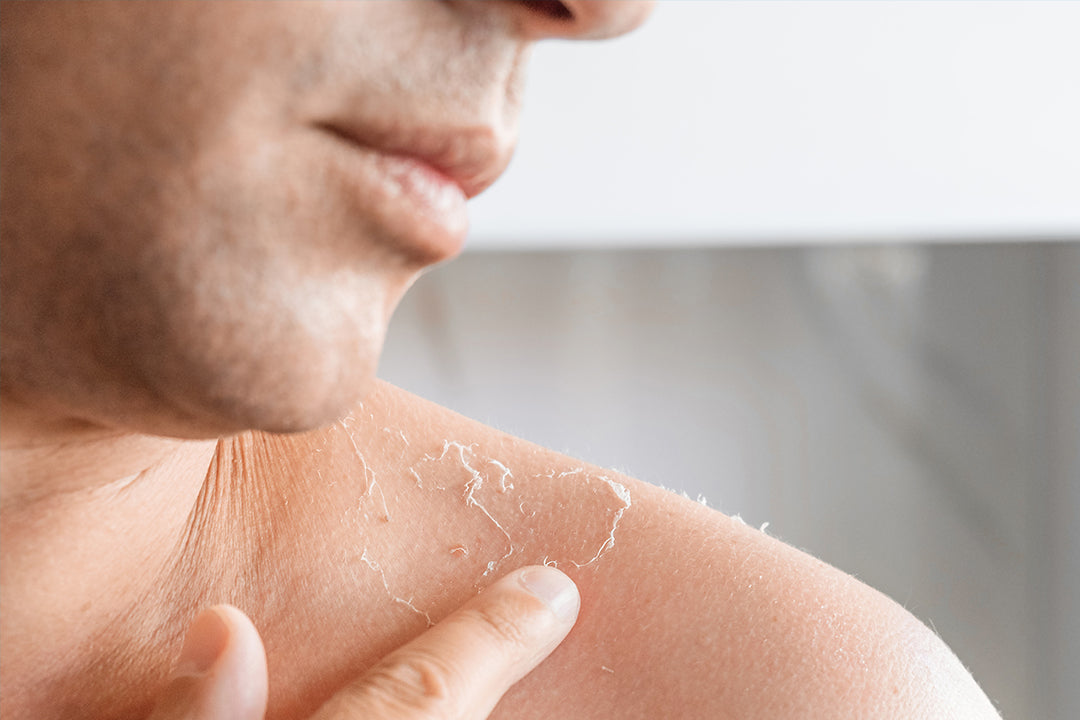Welcome to the ultimate guide on how to treat and manage keratosis pilaris (KP), a common skin condition that affects many people. In this comprehensive guide, we will explore the causes, symptoms, and various treatment options for KP, as well as self-care tips and home remedies. Whether you're looking for educational information or practical solutions, this guide has you covered.
Understanding Keratosis Pilaris
Keratosis pilaris, also known as 'chicken skin,' is a harmless skin condition that manifests as small, rough bumps on the skin's surface. These bumps are often red or flesh-colored and typically appear on the upper arms, thighs, buttocks, and sometimes the face.
Causes of Keratosis Pilaris
The exact cause of keratosis pilaris is unknown, but it is believed to be related to a buildup of keratin, a protein that protects the skin. This buildup clogs the hair follicles, resulting in the characteristic bumps and rough texture.
Symptoms of Keratosis Pilaris
Keratosis pilaris is primarily characterized by small, rough bumps on the skin. These bumps may be accompanied by redness or inflammation. The condition is usually asymptomatic and does not cause any itching or pain.
Diagnosing Keratosis Pilaris
If you suspect you have keratosis pilaris, it is advisable to consult a dermatologist for a proper diagnosis. A dermatologist can examine your skin and determine whether the bumps are indeed keratosis pilaris. In some cases, a skin biopsy may be performed to rule out other skin conditions.
Treatment Options for Keratosis Pilaris
While there is no cure for keratosis pilaris, there are several treatment options available to manage the condition and improve the appearance of the skin. The choice of treatment depends on the severity of the symptoms and individual preferences.
1. Exfoliation
Exfoliation is a key component in the treatment of keratosis pilaris. Regular exfoliation helps remove dead skin cells and unclog the hair follicles, reducing the appearance of bumps. Gentle exfoliating scrubs or brushes can be used in the shower to exfoliate the affected areas.
2. Moisturization
Keeping the skin well moisturized is crucial in managing keratosis pilaris. Moisturizers help soften the skin and reduce dryness, which can improve the texture and appearance of the bumps. Look for moisturizers that contain ingredients like urea, lactic acid, or salicylic acid, as these can help exfoliate the skin and improve its overall condition.
3. Prescription Medications
In more severe cases, a dermatologist may prescribe topical medications to help manage keratosis pilaris. These medications may include retinoids, which help promote cell turnover and prevent the clogging of hair follicles. It's important to follow your dermatologist's instructions when using prescription medications.
4. Lifestyle and Home Remedies
In addition to medical treatments, certain lifestyle changes and home remedies can help improve the condition of keratosis pilaris. These include:
- Avoiding hot showers or baths, as hot water can strip the skin of its natural oils
- Using gentle, fragrance-free skincare products
- Avoiding excessive sun exposure, as it can worsen the appearance of the bumps
- Managing stress levels, as stress can aggravate skin conditions
- Eating a balanced diet and staying hydrated to promote overall skin health
Self-Care Tips for Managing Keratosis Pilaris
Alongside the treatment options mentioned above, there are several self-care tips that can help manage keratosis pilaris and prevent flare-ups:
- Avoid scratching or picking at the bumps, as this can lead to inflammation and potential scarring
- Wear loose-fitting clothing to avoid friction and irritation
- Avoid using harsh soaps or cleansers that can dry out the skin
- Keep the affected areas clean and moisturized
Takeaways
Keratosis pilaris may be a common skin condition, but with the right knowledge and treatment approach, it can be effectively managed. By incorporating regular exfoliation, moisturization, and following self-care tips, you can improve the appearance of your skin and minimize the symptoms of keratosis pilaris. Remember, it's always best to consult with a dermatologist for personalized advice and treatment options.









